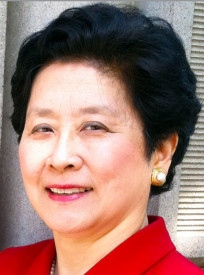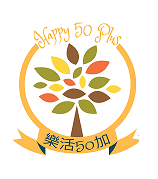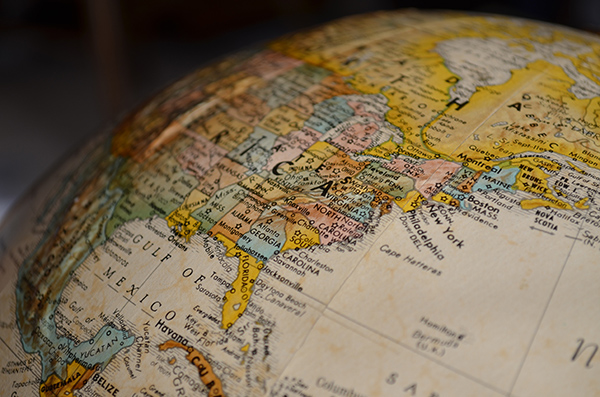 I look in the mirror and see how frizzy my naturally curly hair looks in this humid weather. Mom has always said it is a good thing I did not attend school in Taiwan. Teachers might have thought I had permed my hair and a note from my parents would have been necessary. I have not met many Chinese-American women with hair like mine. How I would love to have their straight jet black hair that falls obediently into place!
I look in the mirror and see how frizzy my naturally curly hair looks in this humid weather. Mom has always said it is a good thing I did not attend school in Taiwan. Teachers might have thought I had permed my hair and a note from my parents would have been necessary. I have not met many Chinese-American women with hair like mine. How I would love to have their straight jet black hair that falls obediently into place!
And do you know any person of Chinese heritage who is allergic to soy? Yup, I have now developed a food allergy to soy?! So, no more Chinese food for me since pretty much everything is cooked with soy sauce. No more tofu, no more dried beancurd, no more soy milk, etc., etc. Tears!
Oh, and don’t ever make that racist comment disguised as a compliment to me: “Oh, you must be good at math.” I.mean.never.
The only fraction I like is the “1.5” used to describe immigrant children like me who came to the U.S. before or during their early teenage years. I was still elementary-school age when I arrived in America. The term “1.5-generation” was created by Professor Rubén Rumbaut who teaches sociology at University of California-Irvine. He had immigrated to the U.S. from Cuba as a child.
I am not a “first-generation” foreign-born immigrant like my parents who came to America as adults, nor am I a “second-generation” immigrant, which refers to individuals born here with at least one first-generation immigrant parent.
So, what does this .5 fractional unit mean? According to Professor Rumbaut’s paradigm, immigrant assimilation is segmented and the experiences of immigrant groups are more diverse than previous assimilation models captured. I’m grateful that this .5 figure acknowledges a more nuanced differentiation of immigrant experiences.
Some 1.5-generation immigrants often feel they no longer fit in with their heritage culture nor fully with American culture. I agree that I do feel a split ethnic identity. I consider it a positive attribute: the ability to be like the type of chameleon that can change colors.
Having left Taiwan at such a young age, I did not receive a good grounding in the Chinese language, but I have worked hard to learn the language and be able to converse in Mandarin, if not be able to read nor write it easily. Where we grew up in the U.S. there were no weekend Chinese-language schools established yet so my study of Chinese started in college and then studying abroad in Taiwan. Perhaps my appreciation of the Chinese language developed because I was not forced to learn the language; I have met many Chinese-Americans who developed an aversion to the Chinese language because they had to attend those weekend classes.
As a literature and languages major in college, I had a solid grounding in the classics of Western literature and completed that mandatory Chaucer-Shakespeare-Milton course of study. With the duality in my identity, it was a natural progression that Comparative Literature was the inevitable next step in my studies.
Perhaps my interest in translating the essays (散文) of contemporary Chinese women writers is my attempt to capitalize on the opportunity I have to live in two cultures. I try to use my English language skills to make available the writings in Chinese of the women writers in Taiwan and on Mainland China – to be a bridge between two worlds.
The Italian writer Italo Calvino once wrote: “Without translation, I would be limited to the borders of my own country. The translator is my most important ally. He introduces me to the world.”
I like the fact that as a 1.5G, I am not limited to the borders of one country. I can be an ally to the two communities represented by each half of my dual identity and help introduce one to the other.
Do you have a similar viewpoint as a 1.5-generation immigrant yourself? What challenges have you faced in making sense of a dual ethnic identity? I would enjoy hearing about your life experiences as a 1.5G.

